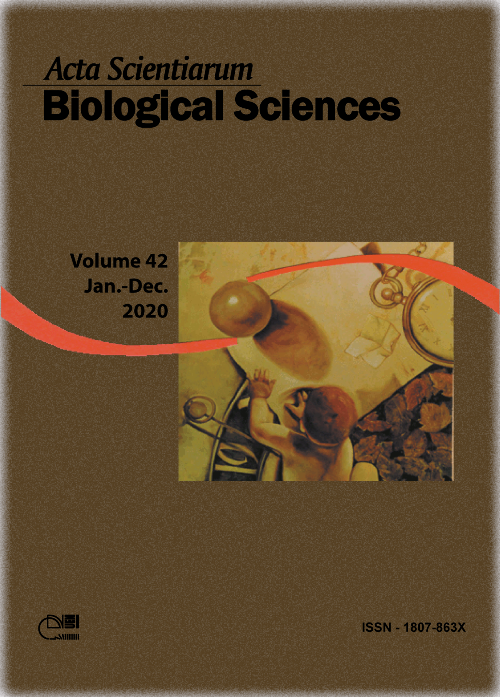Improving crops genome through genetic engineering of the key metabolic pathways
Abstract
Soybean loss due to pests and pathogens is a serious problem worldwide. Soybean producers have few options to manage diseases caused by general pathogens where major genes for full resistance have not been discovered. The innate defense of soybean plants could be enhanced by improving content and composition of lignin by genetic engineering of the phenylpropanoid pathway. We used a novel technique of germ-line genetic transformation of soybean plants via natural pollen tubes as vectors. This technique uses Agrobacterium tumefaciens to mediate transfer of genes of interest to the zygote to introduce the key lignification genes (PtMYB4, PAL5, F5H, CAD1) into soybean genome. We observed 5.6% average transformation efficiency in the first generation of transgenic plants and in the second generation the presence of the transgene constructs was confirmed in more than 50% (for CsVMV/PtMYB4sens, 35SVTM/PAL5, C4H/F5H, CsVMV/CAD1 constructs) transgenic soybean lines. We confirmed the expression of the introduced genes at transcriptional level using RT-PCR and Northern blot. Functional analysis using lignin content determination and the activity of PAL5 and CAD1 enzymes demonstrated that the transgenes perform their function in planta. The proposed technique is effective and inexpensive and can be used to create novel stress and disease resistant soybean genotypes.
Downloads
DECLARATION OF ORIGINALITY AND COPYRIGHTS
I Declare that current article is original and has not been submitted for publication, in part or in whole, to any other national or international journal.
The copyrights belong exclusively to the authors. Published content is licensed under Creative Commons Attribution 4.0 (CC BY 4.0) guidelines, which allows sharing (copy and distribution of the material in any medium or format) and adaptation (remix, transform, and build upon the material) for any purpose, even commercially, under the terms of attribution.
Read this link for further information on how to use CC BY 4.0 properly.












1.png)




3.png)













